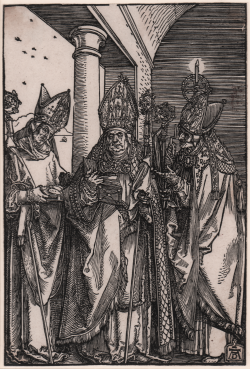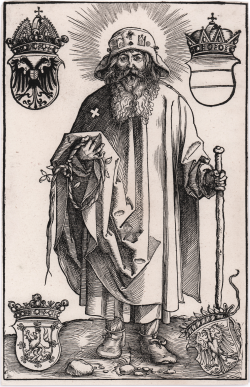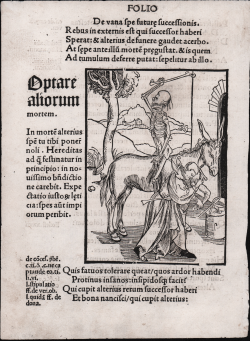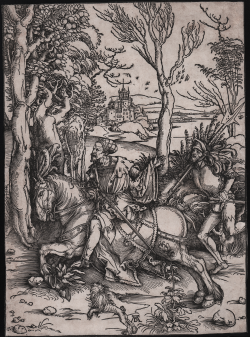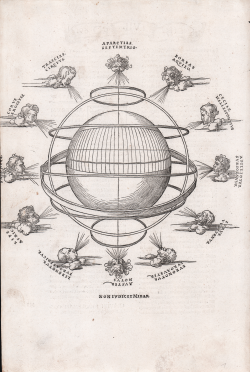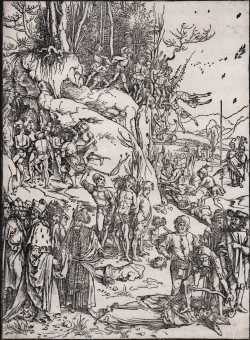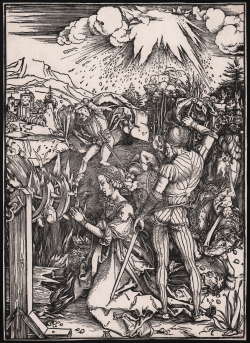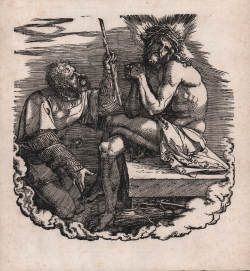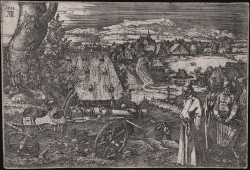Saints Nicholaus, Ulrich and Erasmus
Albrecht DURER
Code:
S41832
Measures:
141 x 211 mm
Year:
1505 ca.
Optare aliorum mortem (Nave dei folli)
Albrecht DURER
Code:
S42525
Measures:
150 x 202 mm
Year:
1498
Knight on Horseback and Lansquenet
Albrecht DURER
Code:
S42524
Measures:
280 x 390 mm
Year:
1496 ca.
Armillary Sphere [The Ptolemaic third projection]
Albrecht DURER
Code:
S45128
Measures:
260 x 395 mm
Year:
1525 ca.
Landscape with cannon (The Great Cannon)
Albrecht DURER
Code:
S40948
Measures:
325 x 220 mm
Year:
1518


